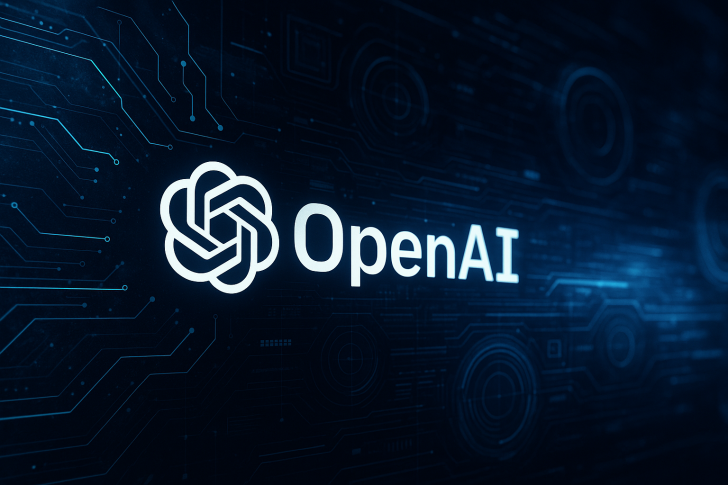AI isn't a lab experiment anymore—it's embedded in business, science, robotics, and daily work. The State of AI 2025 report reveals a moment of dramatic change: innovation is accelerating, competition is intensifying, and global AI power is shifting.
OpenAI Leads, but China Is Closing In
A recent analysis by Rohan Paul, OpenAI still sits at the front, but the gap is shrinking. Chinese models like DeepSeek, Qwen, and Kimi are competing seriously. Qwen now powers roughly 40% of new fine-tuned models on Hugging Face—a clear sign that open-source AI leadership is no longer dominated by one country.
AI can now plan tasks step by step, reflect on progress, and correct its own mistakes. Labs shifted from broad human feedback to structured evaluation, making models act less like assistants and more like capable colleagues.
AI is moving into the lab. Projects like DeepMind's Co-Scientist and Stanford's Virtual Lab generate hypotheses, run experiments, and interpret results independently. Profluent's ProGen3 designs proteins using generative AI, pushing biotechnology forward.
Systems like AI2's Molmo-Act and Google's Gemini Robotics 1.5 now use step-by-step reasoning before making physical moves. This "chain of action" approach cuts down on costly real-world mistakes.
Anthropic's Model Context Protocol (MCP) is becoming a cross-industry standard, simplifying AI integration. The trade-off? New security risks as more apps connect directly to AI models.
Businesses Are All In
Nearly half of U.S. businesses now pay for AI services, with average deals around $530,000. AI-first startups grow 1.5 times faster than competitors, and capability per dollar doubles every three to six months.
Training runs are cheaper—DeepSeek's cost just $5 million—but labs aren't saving money. They're running more experiments and variants, driving total compute demand higher.
Geopolitics now plays a central role:
- The U.S. exports its "AI stack" to allies and invests in infrastructure
- Europe's AI Act faces implementation delays
- China ramps up domestic funding, pushes open-weights models, and accelerates chip production
95% of practitioners use AI in work or personal life, and 76% pay for premium tools out of pocket. This grassroots adoption creates unstoppable momentum.
 Saad Ullah
Saad Ullah

 Saad Ullah
Saad Ullah
